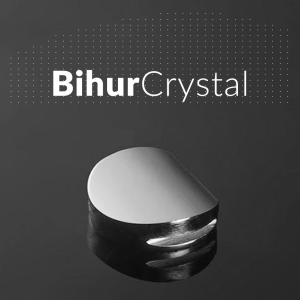X-RAY PHOTOEMISSION ANALYSIS OF CLEAN AND CARBON MONOXIDE CHEMISORBED PLATINUM(111) STEPPED SURFACES USING A CURVED CRYSTAL

Platinum is the benchmark of gas-solid chemistry studies. Over the past forty years dozens of works have been published about the fundamentals of chemical reactions and catalysis using platinum crystal surfaces as model platforms. Platinum (Pt) is at the basis of catalytic converters in the automobile industry. In fact, modern catalyzers feature nano-engineered oxide supports embedding active Pt nanoparticles, which speed up and optimize the CO-to-CO2 conversion. Researchers focus on single crystals to understand the CO oxidation process at a metal surface. They aim at identifying active atomic sites and tuning reaction kinetics, using the most powerful analytical technique for such studies: X-ray photoemission.
In the present study, published in Nature Communication, Walter et al. give a further push to fundamental research in the field, demonstrating that curved crystals can be utilized for high-resolution X-ray photoemission studies at the synchrotron. In a curved crystal the density of chemically active sites, namely atomic steps smoothly change on the same sample, facilitating a rational analysis of their role in a given chemical reaction. By scanning the X-ray probe on the Pt curved surface, Walter et al. readily visualize the structure of atomic steps, the subtle relaxations in the Pt crystal lattice that steps allow, and, finally, the influence of all such properties in the simple CO chemisorption reaction.
The Pt curved crystals used in the study have been manufactured by Bihurcrystal, a company born in 2013 as a start-up project with support from the Material Physics Center (CSIC-UPV/EHU) and Donostia International Physics Center.



